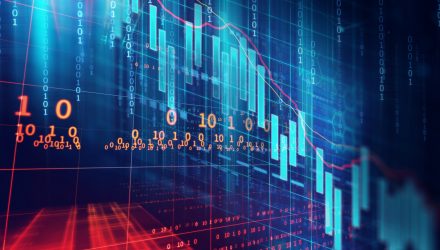One of the last human points of resistance to the algorithmic take-over of professional trading can be found in the fixed-income trading desk. The deft relationship business is known for having participants with Ivy League pedigrees and a lacrosse playing background, a data point that a machine learning algorithm recently used when making hiring recommendations.
With an algorithmic transition, profit margins are being squeezed as human relationships are becoming less important. Benchmarking the transition are new hiring mandates at some of the largest banks, a recent Greenwich Associates report pointed out. Relationships and fundamental market understanding are less important, the report noted, and algorithmic experience and data science skills are now in demand.
When combining fundamental investment thinking with quantitative thinking unique conflicts often arise. Fundamental, discretionary fund managers often creatively connect noncorrelated dots and sometimes challenge consensus thinking. Quantitative logic, on the other hand, is often driven by if-then Boolean logic at its core and looks for mathematical consensus to guide decisions. Mixing these two disciplines can be like expecting oil and water to enjoy each other’s company.
“Relationships and balance sheet still matter, of course,” Greenwich Associates Managing Director Kevin McPartland wrote in a report title that highlights a dichotomy, “Trust and Data Drive Fixed-Income Dealer Growth.”
Trust is a human concept and data is often associated with empirical, mathematically discovered understanding is the point where a melding of the minds might occur. The integration of the two highlights the new path forward. “But the ability to manage both in a more quantitatively driven way can mean the difference between profit growth and a year-on-year decline,” McPartland observed.
Technology is increasingly becoming an important feature on bond trading desks, particularly for sell-side banks. Fully 91% of bulge bracket banks said automating parts of the trading process was one of their “top technology priorities for 2018,” the Greenwich Associates report pointed out. Only 44% of middle market participants, meanwhile, felt the same. This group was having slightly more difficulty “complying with new/changing regulations” and was more focused on improving client management tools and data.
Knowing what technology to integrate so as to deliver a near-term positive return on investment while positioning the firm for a longer-term shift in intelligent automation can prove challenging and, itself, might have variables that don’t easily fit into a math formula.
